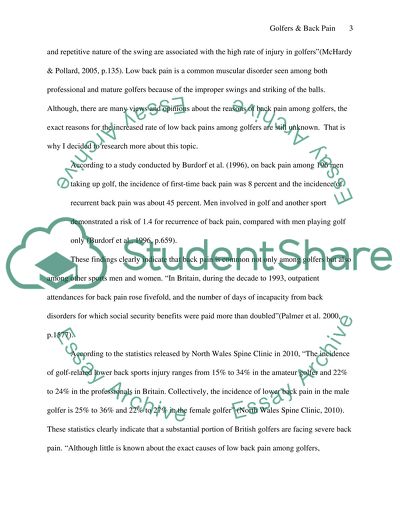Cite this document
(“Prevalence Of Lower Back Pain In Professional And Amateur Golfers Literature review”, n.d.)
Retrieved from https://studentshare.org/health-sciences-medicine/1396286-prevalence-of-lower-back-pain-in-professional-and-amateur-golfers
Retrieved from https://studentshare.org/health-sciences-medicine/1396286-prevalence-of-lower-back-pain-in-professional-and-amateur-golfers
(Prevalence Of Lower Back Pain In Professional And Amateur Golfers Literature Review)
https://studentshare.org/health-sciences-medicine/1396286-prevalence-of-lower-back-pain-in-professional-and-amateur-golfers.
https://studentshare.org/health-sciences-medicine/1396286-prevalence-of-lower-back-pain-in-professional-and-amateur-golfers.
“Prevalence Of Lower Back Pain In Professional And Amateur Golfers Literature Review”, n.d. https://studentshare.org/health-sciences-medicine/1396286-prevalence-of-lower-back-pain-in-professional-and-amateur-golfers.


